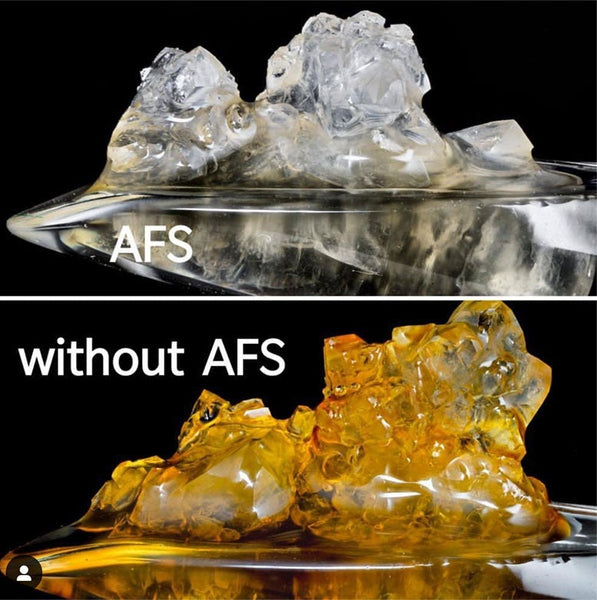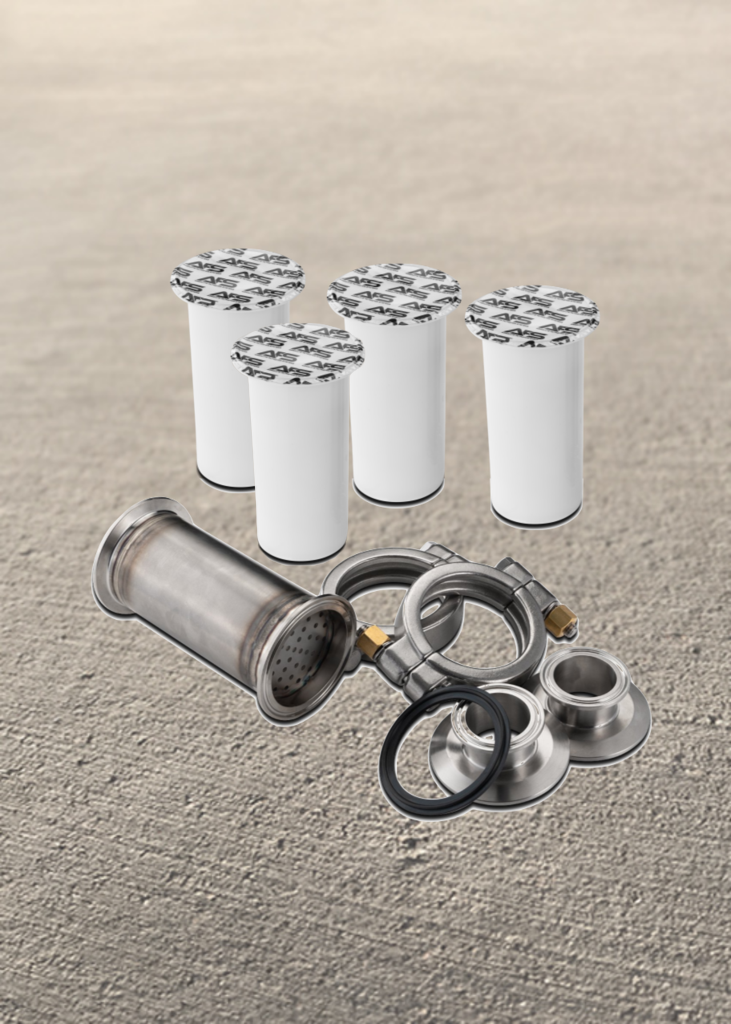
Benefits of Color Remediation Column Extraction
Botanical extraction is used in a broad range of applications. While the process and methodology can vary, the overall goal is to treat solid plant material with a certain type of solvent. Thereby extracting its dissolvable compounds and components. When it comes to the best of the best, color remediation column extraction reigns superior.
There are many types of extraction techniques. While some are highly efficient and useful to produce a wide range of botanical ingredients, many fall short. The outcome is often unappealing to the eyes of consumers. Consumers generally link the perceived quality of botanical products to their appearance, making many extractions seem unfitting for consumption.
Given the choice, most customers would prefer oil, concentrate, or vape cartridge that appears clear and consistent in color. Brown, murky, or muddy extraction will be immediately set aside.
In this guide, we discuss the benefits of color remediation column extraction (also known as CRC extraction). We'll delve into how CRC can improve the clarity, coloration, and consistency of botanical extracts and what to expect as an end outcome.
AFS CRC Sample Pack

What Is Color Remediation Column Extraction?
Color remediation column or CRC extraction is a process that utilizes a CRC and specialized techniques. During this procedure, unsightly botanical extracts are transformed into atheistically pleasing ones, as well as the overall purity of the extract increased.
This process utilizes columns or cartridges in a type of ‘closed loop’ extraction system. These uniquely engineered columns contain granulated filtration media. This filter media safely and reliably removes unwanted compounds botanical extracts (such as crude hemp or oil) that cause undesirable pigmentation.
In the early days, BHO contained not only terpenes but contaminations such as humidity, chlorophyl, b-keratin, pesticides, and heavy metals as well. The addition of CRC has eliminated these concerns and now allows for a clearer, purer extract. CRC can be used for both hydrocarbon and ethanol extractions.
Natural compounds can cause unsightly coloration or a visual inconsistency in the end product. The use of a color remediation column can resolve this in an efficient and cost-effective manner.
The Process: A Quick Overview
- Desired media is dried before being carefully packed into the CRC column extractor
- Many color remediation columns use activated silica gel, absorbent powders, or bentonite clay for filtration
- The extract passes through the filter media and CRC column filter
- The extracted result is collected for use
Commonly Filtered Unwanted Plant Compounds Include:
- Chlorophyll
- Lipids
- Tannins
- Oxides
- Pesticides
- Heavy Metals
- And other impurities
The net outcome? A finished blend that has a more appealing visual appearance, clarity, aroma purity, and flavor.
The Benefits of Color Remediation Column Extraction
Enhanced Purification
CRC processing of your product through specialized CRC filters adds an additional purification step to your current production procedure. In many cases, BHO and other extraction processes can leave behind various impurities, even after the refinement process. While minimal, these impurities can have a profound impact on the finished product. The use of a CRC filter can ensure that the final blend is representative of the quality your brand stands for.
Improved Visual Appeal, Color, and Consistency
You may have gathered from the name that the primary purpose of CRC extraction is to improve coloration. Botanical extracts often have unpleasant coloration, dark pigmentation, inconsistencies, and more that make the final blend unappealing to consumers. Color remediation using CRC processing eliminates undesirable plant compounds that are unnecessary for the product’s intended use and purpose. These unwanted compounds can be effectively removed without negatively impacting the desired properties of the extract oils.
For example, phospholipids and chlorophyll don’t contribute positively to the product’s quality. However, they can have a profound effect on the taste, flavor, aroma, and importantly, its color.
All things being equal, many consumers associate a lighter, consistent color with a ‘cleaner’, higher quality blend that is free from impurities. Using CRC filter processing to enhance and homogenize the color of your extract can increase its perceived value and thus earn you more sales.
A More Enticing Aroma
Many of the same undesirable compounds that affect color, also affect aroma. Research published in the Journal of Flavour, cites that qualitatively, between 75-95% of taste comes from its aroma. Because of this, manufacturers in the botanical extraction space place a lot of emphasis on aroma, and rightfully so. CRC filter extractors can reduce aroma-altering compounds, resulting in an end product that smells as good as it looks, increasing consumer enthusiasm and satisfaction.
A Better Tasting Product
While flavor often has little to no nutritional value, it is an important aspect of any extract intended for consumption. No matter how high quality a product is, or the reliability of its effects, if it tastes unpleasant, consumers won’t use it.
Botanicals are often notably ‘grassy’, bitter, and not generally the best tasting. While some manufacturers attempt to cover this up with various types of flavoring, many consumers prefer a mild-natured blend over one with flavor additives.
CRC extraction can filter out unnecessary compounds that cause bitterness, grassy, and earthy flavors. This is all while reducing the cost of flavoring and resulting in an all-natural blend that is palpable and enjoyable for consumers.
All the Benefits, With Minimal Impact on Yield
Some types of remediation and/or filtration can have an unwanted impact on yield. One of the major benefits of color remediation column extraction is that it is designed to target unwanted components of the extract. This is all while leaving the desirable compounds largely unaffected.
The end outcome? A minimal loss of output and yield, while producing a higher concentration of desirable compounds.
Integration Into Existing Extraction Systems and Processes
Adding additional steps to any manufacturing process can be risky. Loss of efficiency, reduced productivity, lower quality, increased costs, and time delays are all potential downsides.
Today, innovative CRC extraction solutions, such as those from Absolute Filtration Systems (AFS), enable companies to implement CRC processing directly. No longer do companies need to update or purchase new equipment.
Concluding Thoughts on CRC Extraction
CRC Processing is a value-added filtration process used by a broad range of botanical extract producers. This additional stage in the refinement process can greatly improve the outcome. Enhanced aroma, flavor, texture, and color that are more appealing to consumers and can improve real and perceived value.
Today, innovations in the CRC filtration process enable companies to cost-effectively and seamlessly integrate CRC column filtration into their existing manufacturing process and equipment. Color remediation is now an affordable and reliable way to improve final products.
If you have any additional questions about how CRC works or purchase availability contact AFS today! Our team of professionals is happy to help you with any of your extraction questions.

Post a Comment!